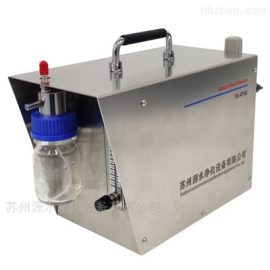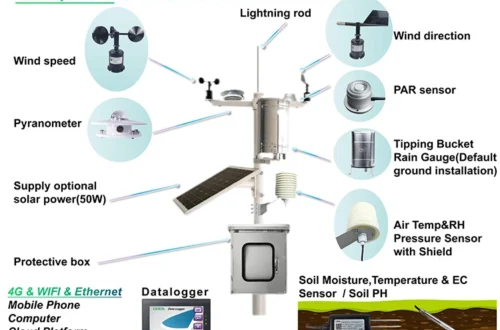ISO 9001:2015 Quality Management System Certification Requirements

本身
html
ISO 9001:2015 Quality Management System Certification Requirements
The ISO 9001:2015 standard is an internationally recognized framework for quality management systems (QMS). Organizations seeking certification must meet specific requirements to demonstrate their ability to consistently provide products and services that meet customer and regulatory expectations. This article outlines the key requirements for achieving ISO 9001:2015 certification.
1. Context of the Organization
Organizations must determine internal and external factors that may impact their QMS. This includes understanding the needs and expectations of interested parties such as customers, suppliers, and regulatory bodies. A thorough analysis helps establish the scope of the QMS and ensures alignment with business objectives.
2. Leadership and Commitment
Top management must demonstrate leadership and commitment to the QMS by:
- Establishing a quality policy and objectives
- Ensuring integration of QMS requirements into business processes
- Promoting awareness of quality management principles
- Providing necessary resources
Keyword: ISO 9001:2015
3. Planning
Organizations must address risks and opportunities that could affect the QMS. This involves:
- Identifying potential risks to quality objectives
- Developing plans to mitigate risks and capitalize on opportunities
- Establishing measurable quality objectives
- Planning changes to the QMS
4. Support
Effective implementation requires adequate support through:
- Competent personnel with appropriate training
- Proper infrastructure and work environment
- Documented information (policies, procedures, records)
- Effective communication channels
5. Operation
The standard requires organizations to plan, implement, and control processes needed to meet requirements, including:
- Product/service requirements review
- Design and development controls
- Control of externally provided processes, products, and services
- Production and service provision
- Release of products and services
- Control of nonconforming outputs
6. Performance Evaluation
Organizations must monitor, measure, analyze, and evaluate QMS performance through:
- Customer satisfaction surveys
- Internal audits
- Management reviews
- Analysis of quality data and metrics
7. Improvement
Continuous improvement is a fundamental requirement, achieved by:
- Addressing nonconformities and corrective actions
- Implementing preventive actions
- Encouraging innovation and process improvements
- Updating the QMS based on performance evaluation
Certification Process
To obtain ISO 9001:2015 certification, organizations typically follow these steps:
- Gap analysis to assess current practices against requirements
- Implementation of necessary changes and documentation
- Internal audits to verify compliance
- Stage 1 audit by certification body (documentation review)
- Stage 2 audit by certification body (on-site assessment)
- Certification decision and issuance
- Surveillance audits to maintain certification
ISO 9001:2015 certification demonstrates an organization’s commitment to quality management and continuous improvement. By meeting these requirements, companies can enhance customer satisfaction,


